A sensor containing thumbnail-sized interferometers might help astronomers detect gravitational waves emitted from certain black hole mergers.
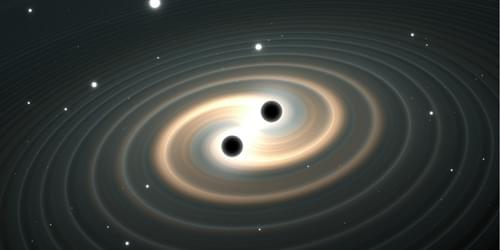


The MICROSCOPE satellite experiment has tested the equivalence principle with an unprecedented level of precision.
At an early age, we have all been taught one of the most counterintuitive facts about the physical world: two objects of unequal mass dropped in a vacuum will reach the ground simultaneously. Galileo allegedly tested this equivalence principle from the top of the Leaning Tower of Pisa in Italy, and so did the astronaut David Scott by dropping a hammer and a falcon feather at the surface of the Moon in 1971. And yet, we may find these observations disconcerting, as common sense would tell us that a heavier object should fall faster than a lighter one. But gravity is a peculiar interaction. To understand this force—and what it might tell us about other mysteries, such as dark matter and dark energy—we need to test it with ever-increasing precision. The new results by the space-borne MICROSCOPE mission have done just this.
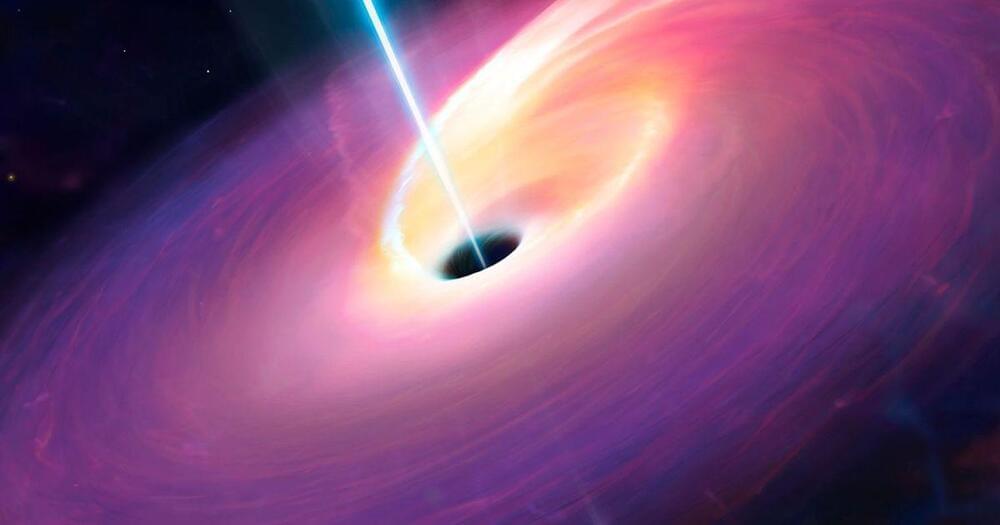
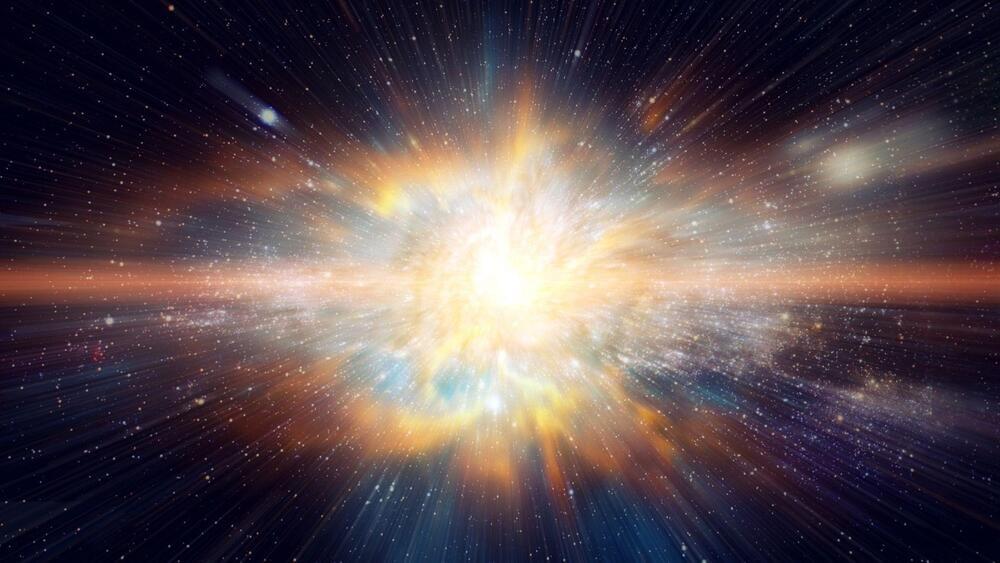
We’re looking at you, Betelgeuse.
A team of astronomers believes they have found an effective method for predicting a supernova, a report from Space.com reveals. While stars do expand to massive sizes and become red giants before their demise, we have had no way of knowing how long it will take for a red giant to go supernova. It could take hundreds of thousands, if not millions, of years.
All of that has just changed though, thanks to a team of astronomers that has devised a method for spotting stars that are likely to supernova within only a few years — a tiny fraction of time in the context of astronomy.
Going supernova.
Coffeekai/iStock.
While stars do expand to massive sizes and become red giants before their demise, we have had no way of knowing how long it will take for a red giant to go supernova. It could take hundreds of thousands, if not millions, of years.
For more information please go ➼ https://nordvpn.com/spacetime.
PBS Member Stations rely on viewers like you. To support your local station, go to: http://to.pbs.org/DonateSPACE
Sign Up on Patreon to get access to the Space Time Discord!
https://www.patreon.com/pbsspacetime.
The discovery of the Higgs boson ten years ago in the Large Hadron Collider was the culmination of decades of work and the collaboration of 1000s of brilliant and passionate people. It was the final piece needed to confirm the standard model of particle physics as it now stands. There are still many outstanding questions — for example, it seems like nothing in the standard model can explain what dark matter is. So the discovery of the Higgs wasn’t the end of particle physics — but it may be the way forward. Many physicists think that the secret to finding the elusive dark matter particle will come by studying the Higgs. In fact, the first tantalizing evidence is already in.
Check out the Space Time Merch Store.
https://www.pbsspacetime.com/shop.
Sign up for the mailing list to get episode notifications and hear special announcements!
Plentiful, safe, energy that burns up nuclear waste as fuel could be provided as soon as we build these reactor, There is no excuse for us freezing this winter! Watch and learn. Share widely to get the word out!
Worm-hole generators by the pound mass: https://greengregs.com/
For gardening in your Lunar habitat GalacticGregs has teamed up with True Leaf Market to bring you a great selection of seed for your planting. Check it out: http://www.pntrac.com/t/TUJGRklGSkJGTU1IS0hCRkpIRk1K
Awesome deals for long term food supplies for those long missions to deep space (or prepping in case your spaceship crashes: See the Special Deals at My Patriot Supply: www.PrepWithGreg.com.
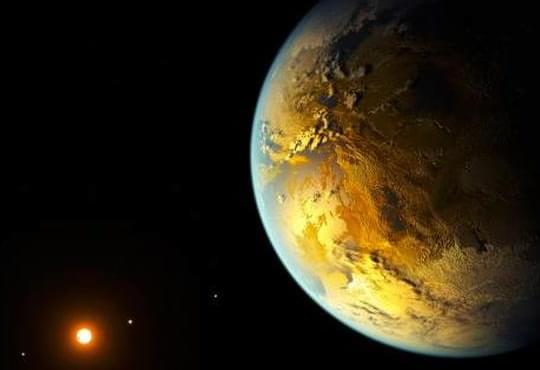
It’s one of the oldest problems in the universe: Since matter and antimatter annihilate each other on contact, and both forms of matter existed at the moment of the big bang, why is there a universe made primarily of matter rather than nothing at all? Where did all the antimatter go?
“The fact that our current-day universe is dominated by matter remains among the most perplexing, longstanding mysteries in modern physics,” University of California, Riverside professor of physics and astronomy Yanou Cui said in a statement shared this week. “A subtle imbalance or asymmetry between matter and antimatter in the early universe is required to achieve today’s matter dominance but cannot be realized within the known framework of fundamental physics.”
There are theories that might answer that question, but they are extremely to difficult to test using laboratory experiments. Now, in a new paper published Thursday in the journal Physical Review Letters, Dr Cui and her co-author, Zhong-Zhi Xianyu, assistant professor of physics at Tsinghua University, China, explain they may have found a work around using the afterglow of the big bang itself to run the experiment.

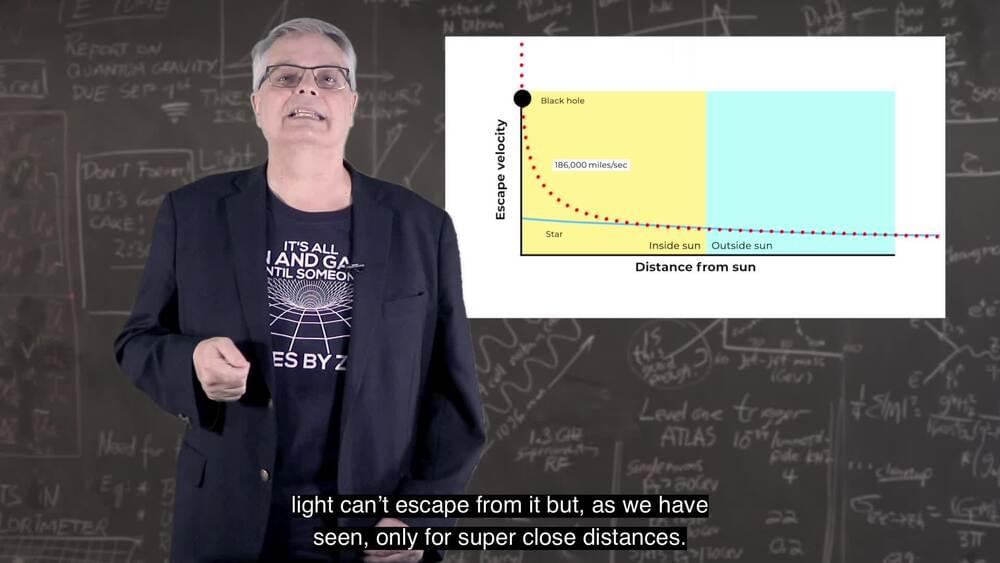
American physicist, professor of theoretical physics at Stanford University, and founding director of the Stanford Institute for Theoretical Physics, Leonard Susskind, explains black holes, quantum physics, general relativity and how they are intertwined.
Knowing how the laws of physics behave at the extremes of space and time, near a black hole, is an important piece of the puzzle we must obtain if we are to understand how the universe works. Leonard Susskind explains how general relativity and quantum mechanics are related.
There are four fundamental forces at work in the universe: the strong force, the weak force, the electromagnetic force, and the gravitational force. They work over different ranges and have different strengths. Gravity is the weakest but it has an infinite range.
Three of the four fundamental forces of physics are described within the framework of quantum mechanics and quantum field theory. The current understanding of the fourth force, gravity, is based on Albert Einstein’s general theory of relativity, which is formulated within the entirely different framework of classical physics. However, that description is incomplete.
According to Susskind, quantum gravitational effects are extremely weak and therefore difficult to test.
Leonard Susskind and his colleges of theoretical physicists have forged a connection between wormholes in spacetime and a quantum phenomenon called entanglement. This could help physicists reconcile Einstein’s general theory of relativity and quantum mechanics.